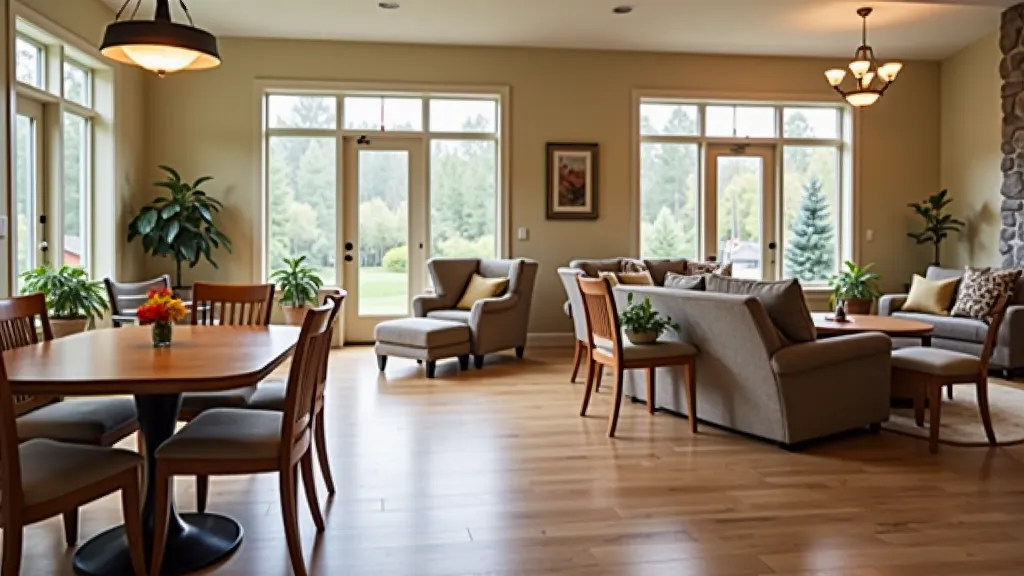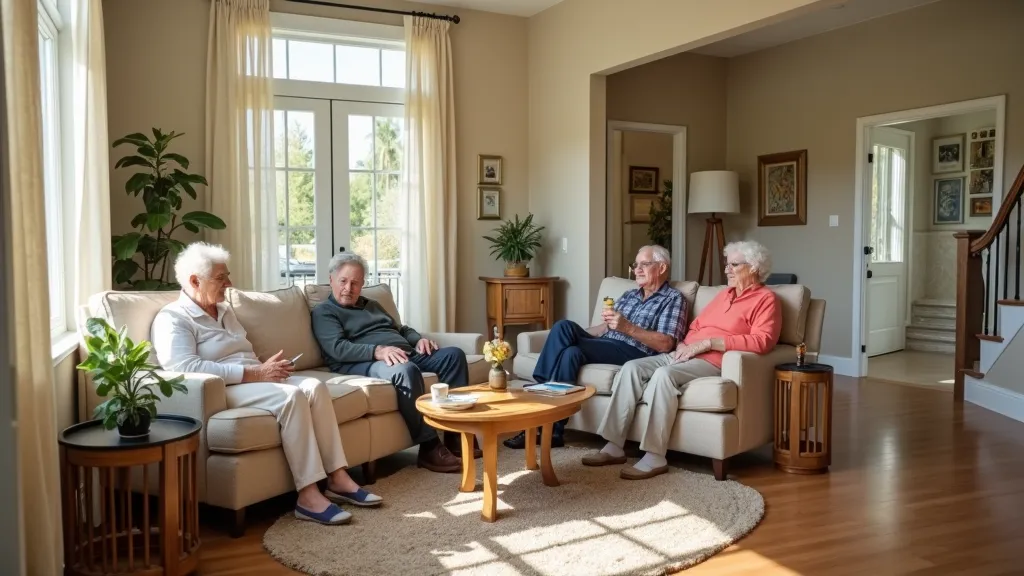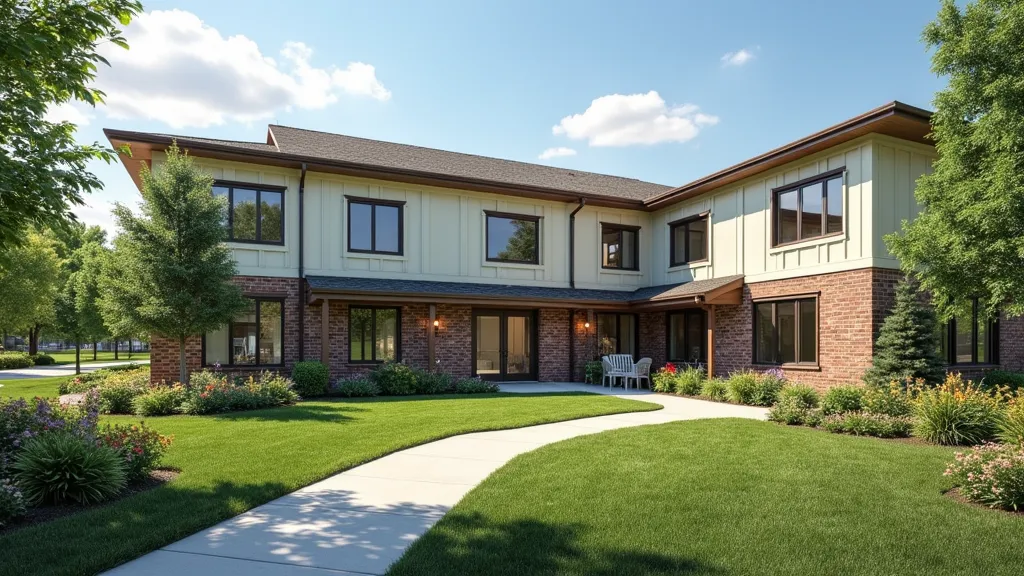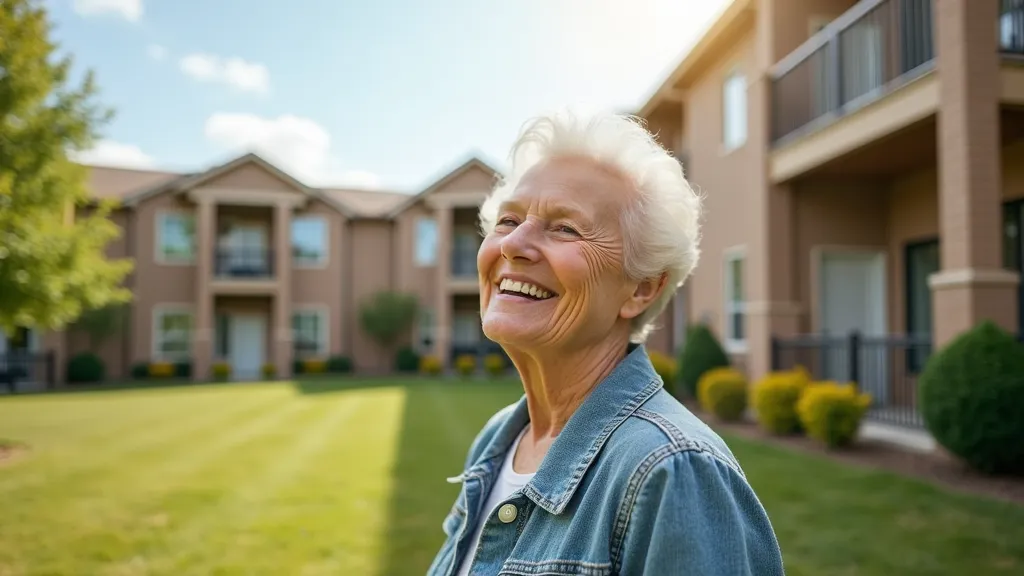Guide to Senior Living Apartments: Affordable and Comfortable Environments
As the senior population continues to grow, the demand for affordable and comfortable living environments for older adults has never been higher. Senior living apartments offer an ideal solution for many, providing a balance of independence, community, and support. This guide aims to provide an objective overview of the factors to consider when searching for senior living apartments, as well as practical advice to help navigate this important decision.

1. Key Features to Look For
When considering senior living apartments, there are several essential features to look for that can greatly enhance the quality of life for older adults:
- Accessibility: Ensure the apartment building is equipped with elevators, ramps, and other accessibility features. Wide doorways, grab bars in bathrooms, and lower kitchen counters are also beneficial.
- Safety: Safety is paramount, so look for apartments with emergency response systems, secure entryways, and well-lit common areas.
- Community Amenities: Many senior living apartments offer communal spaces such as dining areas, fitness centers, libraries, and activity rooms. These amenities foster social interaction and community engagement.
- Healthcare Access: Proximity to healthcare facilities is crucial. Some apartments also offer on-site health services or partnerships with local healthcare providers.
- Transportation: Availability of transportation services for shopping, medical appointments, and recreational activities is a major plus.
2. Cost Considerations
The cost of senior living apartments can vary widely based on location, amenities, and the level of care provided. Here are some key cost-related factors:
- Rent and Utilities: Basic monthly rent typically includes utilities such as water, electricity, and sometimes even cable and internet.
- Additional Services: Some senior living apartments offer optional services such as housekeeping, laundry, and meal plans, which can be added to the monthly fee.
- Insurance and Financial Assistance: Check whether renters insurance is required and explore available financial assistance programs. Medicare, Medicaid, and veterans' benefits may offer some support.
3. FAQs About Senior Living Apartments
Q: What’s the difference between senior living apartments and assisted living?
A: Senior living apartments are designed for independent living, where residents require minimal assistance and can manage their daily activities. Assisted living provides more hands-on support with daily tasks such as bathing, dressing, and medication management.
Q: Are pets allowed in senior living apartments?
A: Pet policies vary by apartment community. It’s important to inquire about pet restrictions, deposits, and any additional fees before moving in.
Q: Can family members stay overnight?
A: Most senior living apartments do allow family members to stay overnight, though policies can differ. It’s best to check with the apartment management for specific rules and guest accommodations.
Q: How is security managed in senior living apartments?
A: Security measures typically include secure entryways, surveillance cameras, on-site staff, and emergency response systems. Residents should feel safe both in their homes and within the community.
Q: Are there age restrictions for senior living apartments?
A: Yes, most senior living apartments have age restrictions, typically requiring residents to be 55 or older. Some communities may have different age thresholds, so it’s advisable to verify before applying.
4. Making the Move
Once you have selected a senior living apartment that meets your needs, planning the move efficiently can reduce stress and help ensure a smooth transition:
- Downsizing: Help your senior loved one sort through belongings and decide what to keep, donate, or discard. This can be an emotional process, so patience and understanding are key.
- Hire Movers: Professional movers experienced with senior relocations can make the transition easier.
- Settling In: Take time to get acquainted with the new neighborhood and community amenities. Encourage participation in community events to build a social network.
Conclusion
Finding the right senior living apartment involves thorough research, careful consideration of personal needs, and understanding the available options. By prioritizing critical features, evaluating costs, and addressing common concerns, seniors and their families can make informed decisions that lead to affordable and comfortable living environments.
References
- A Place for Mom: https://www.aplaceformom.com
- SeniorHomes.com: https://www.seniorhomes.com
- National Institute on Aging: https://www.nia.nih.gov
-

A Guide to Cost-Efficient Small Electric Cars for Seniors
-

Mastering Debt Consolidation: Boost Your Credit Score and Manage Interest Rates
-

Your Guide to Loans, Credit Checks, and Interest Rates
-

Affordable Independent Living: Finding the Right Senior Housing
-

Guide to Senior Living Apartments: Affordable and Comfortable Environments







